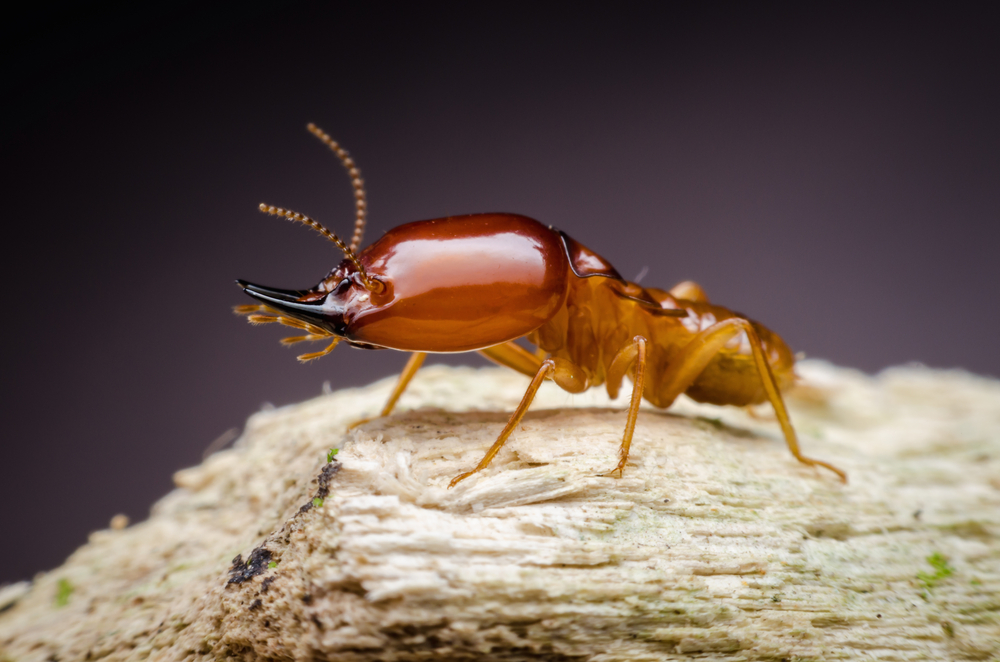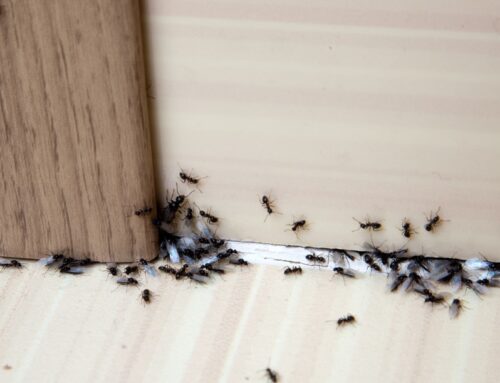Even though termites are small insects, they can cause considerable damage to your house over time. It is therefore crucial to be conversant with the different types of wood that termites feed on to prevent any possible loss.
Termites are silent destroyers. They methodically attack your attic, basement, and other parts of your house that are built with wood. While their effect may not show up immediately, their tenacity enables them to cause serious damages to your house in the long run. This is because wooded environs not only provide them with food but also a conducive temperature to live in.
Below are some pointers on the types of wood that termites fancy:
What Do Termites Eat?
These insects mostly feed on a cellulose-rich diet – a compound that is mostly found in plants and materials that we use everyday. Some of the materials they may consume to satisfy their cellulose need include plants, cotton fibers, paper products, plant by products and wood.
Why Do Termites Eat Wood?
Termites feed on woody substances because they contain cellulose and other nutrients, which are vital for their survival. While other creatures may have difficulty digesting wood, that’s not the case with termites. These insect’s guts contain protozoa and bacteria which enable them to easily break down the cellulose in wood. As such, they make a nutritious meal out of woody products, which other creatures are not keen to feed on.
What Type of Wood are Preferred by Termites?
Different types of termites have adapted to eating different types of wood. For instance, subterranean termites prefer eating soft fibers of springwood. These termites, however, disregard the tougher summerwood.
On the other hand, dampwood termites prefer moist wood. As such, they predominantly feed on decaying logs and tree stumps. These insects rarely infest buildings.
Drywood termites prefer to feed on dry wood, which unfortunately, is used for building houses. These termites can therefore feed on hardwood floors, housing frames, structural timber, and furniture. The dry wood termites have developed adaptations that enable them to survive without making contact with the soil. For instance, they can source water from the wood in which they dwell. Moreover, when they eat wood, the damage left often appear smooth.
So, if you suspect a termite infestation in your home, please don’t hesitate to contact Southwood Pest Control. We will help you solve your termite problem fast and efficiently.




